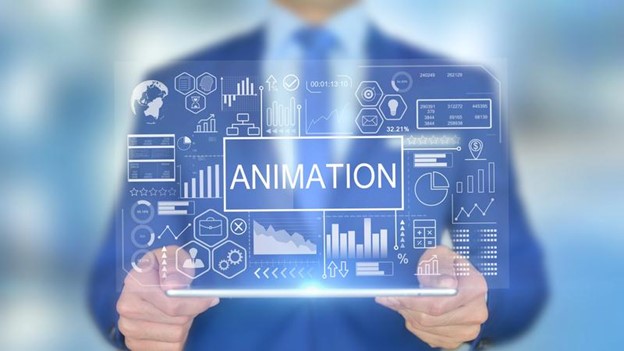Animation is the use of still images to create the illusion of movement, allowing storytellers to tell stories in novel ways. Today, animation is one of the world’s largest industries, with a reach that includes media, television, movies, and more.
You may have also noticed that the animation style you saw as a child has evolved into something entirely new over time. Well, animation has been evolving into what we see today since its inception.
Furthermore, as technology advances, you can expect to see a lot more interaction and, in time, it will be used almost everywhere.
So, what changes can we anticipate in the animation industry, and how will they affect our future?
In this article, we will attempt to shed some light on how animation will evolve in the coming years and how this may affect different aspects of our lives.
Advertising
Advertising animation is nothing new. In fact, aside from the film and video industries, advertising has one of the highest levels of employment for animators.
With technological advancements over the years, animation has become an essential component of digital marketing campaigns. This is because it makes online promotional videos more entertaining and effectively communicates the message.
Furthermore, the impact of good animation in advertising has been so enormous that their images will continue to sell products to consumers for decades to come with little effort. As a result, it’s possible that animation will play a larger role in advertising in the future.
Furthermore, with animation, advertisers will, with the help of expert animation studios such as Grizzle Animation Studio in London, be able to depict what they want and how they want it, all from the comfort and safety of their own homes. Businesses will also be able to consolidate their customer base due to the inclusivity of animation in terms of storytelling.
Furthermore, with animation, advertisers will be able to depict what they want and how they want it, all from the comfort and safety of their own homes. Businesses will be able to consolidate their customers due to the inclusivity of animation in terms of storytelling.
Finally, as the world becomes more digitized, brands and advertisers who can quickly adapt to the changing animation landscape will not only survive but thrive.
Virtual reality
Even though modern technology has greatly improved animation quality, creating animations still requires complex skills and takes a long time.
As a result, animators have begun to use virtual reality to create more realistic and intuitive animations, with VR tools being used for skill-intensive and time-consuming tasks.
So far, animation has been successful in making virtual reality more interactive, particularly for entertainment and education. While no one knows how these technologies will evolve in tandem, it is clear that animation will play a significant role in the future of Virtual Reality.
Furthermore, as animation tools advance, we can anticipate more intuitive user interfaces between animation and VR in the near future. With the convergence of VR and animation, we will see their application become more prevalent and of higher quality.
Gaming
The use of animation in gaming and animation has grown in popularity and acceptance to the point where animation in gaming has become a lucrative career option.
Today, animation and VFX have fundamentally changed how games work, as evidenced by some of the most influential video games of the last decade.
Even though animation in games is a complex combination of different types of movement, the gaming industry is constantly pushing the limits of what is possible with animation.
As a result, some extremely realistic game footage has been created, with the expectation of photorealism and real-time rendering in the coming years.
We are also seeing a trend in gaming animation where artists are constantly trying to improve their craft and develop tools that allow them to work more visually and freely.
Furthermore, we can get a glimpse of the future of animation in games with the increasing use of real-time cutscenes and the decreasing use of pre-rendered sequences. This demonstrates how far the industry has progressed, and what we can expect in the coming years will be captivating experiences, unlike any other medium.
Television
Combining animation and computer graphics is a growing trend that has provided animators with the ability and tools to create more realistic backgrounds, effects, or characters for television.
Even though television animation was already popular, it reached new heights during the pandemic, resulting in a massive increase in TVanimation for both children and adults.
This is also evidenced by the fact that animation was one of the few sectors of the entertainment industry that remained operational during the pandemic.
For some years now, animation in television has been expected to become more interactive, fun, and exciting, while also opening up to become more equally aimed at adults.
Related Posts
Hi there! I’m Sethu, your go-to guy for all things tech, travel, internet, movies, and business tips. I love sharing insights and stories that make life more interesting. Let’s explore the world together, one article at a time!











